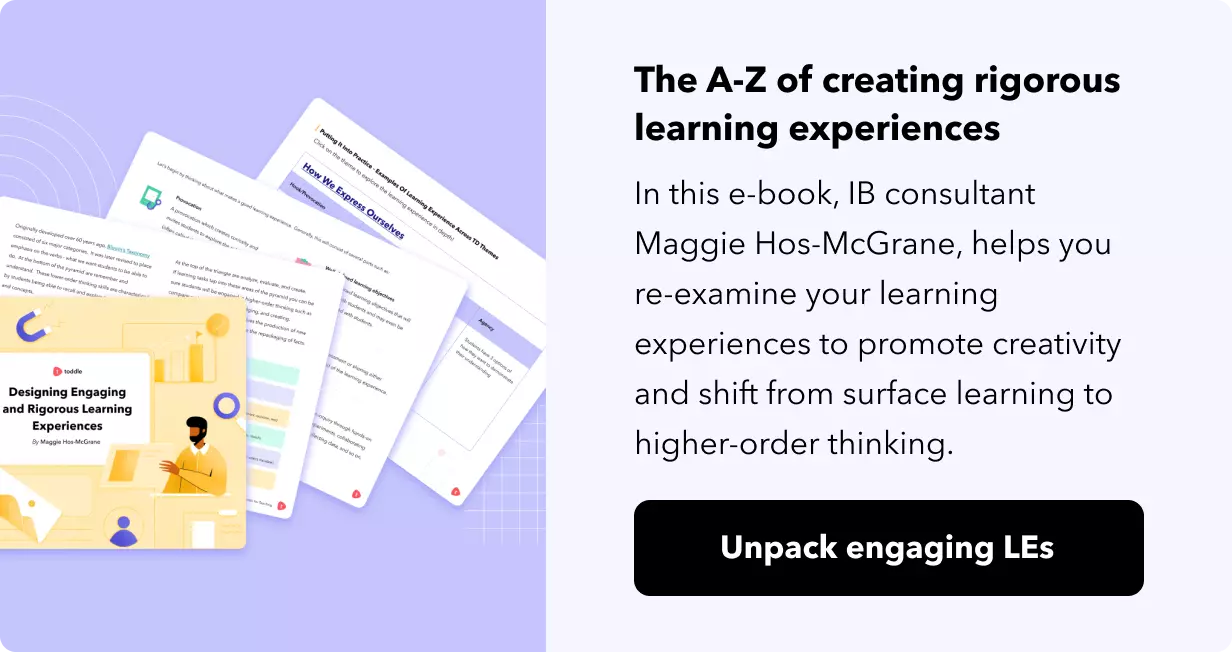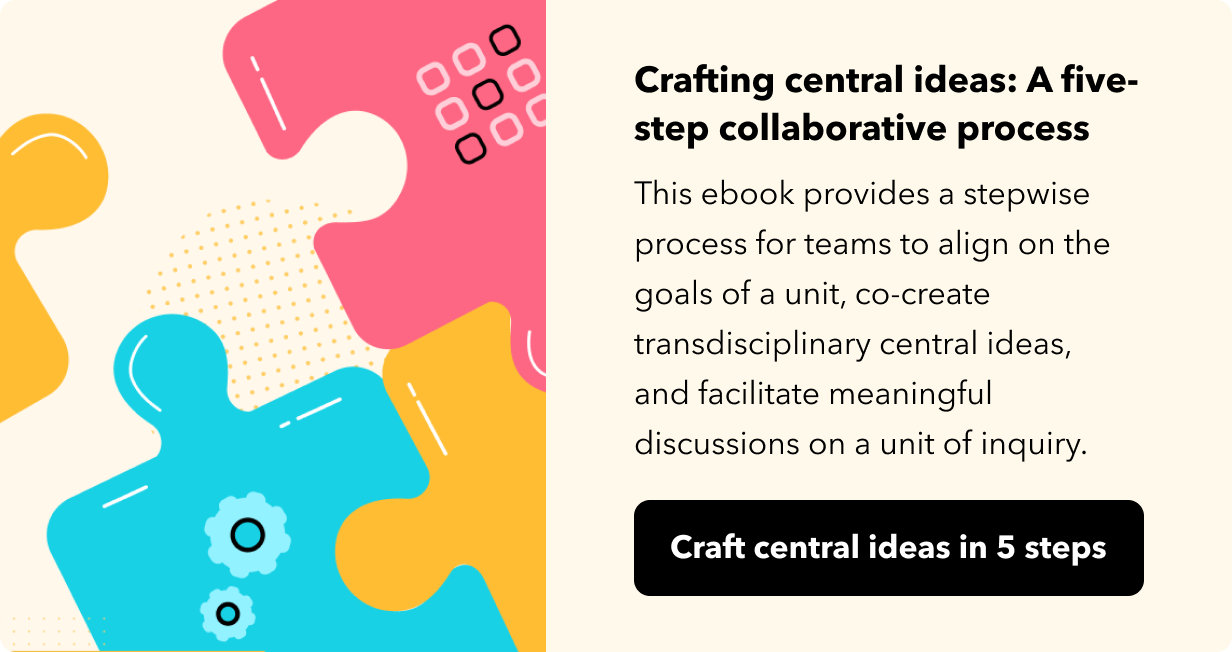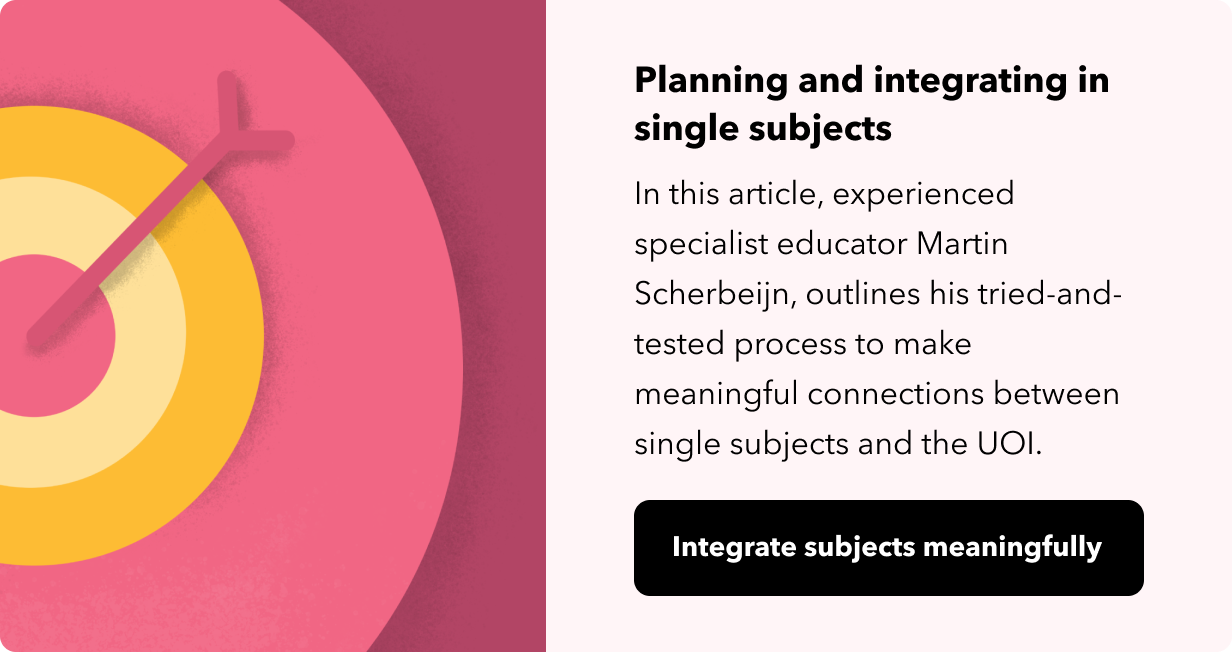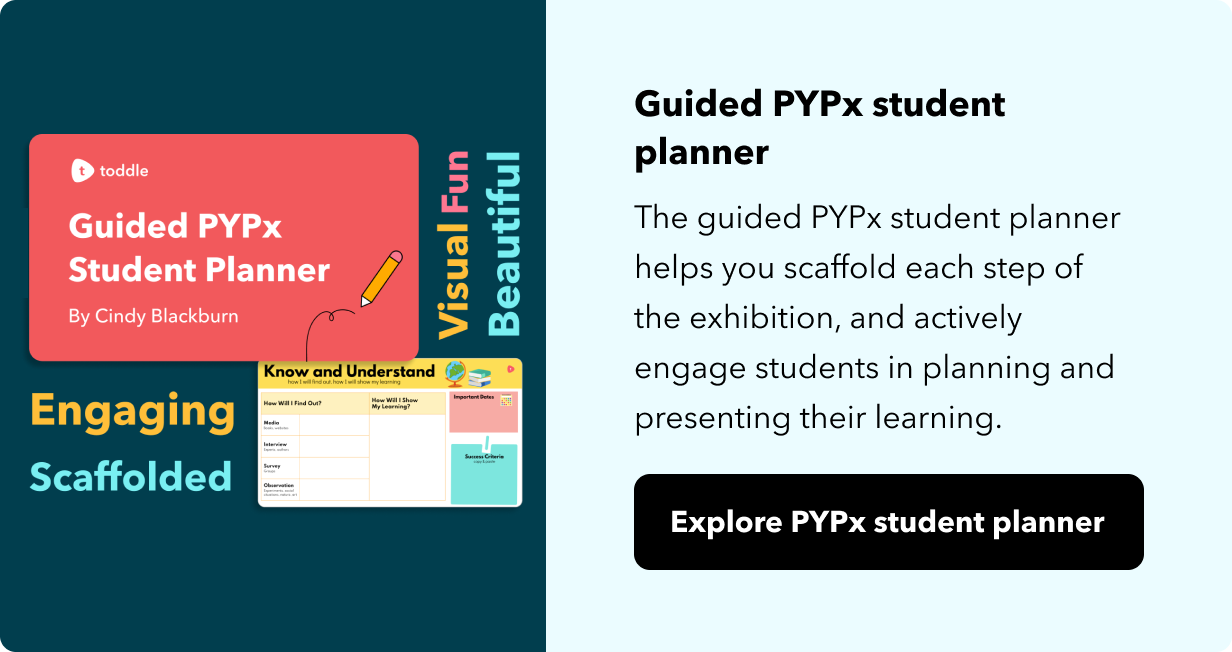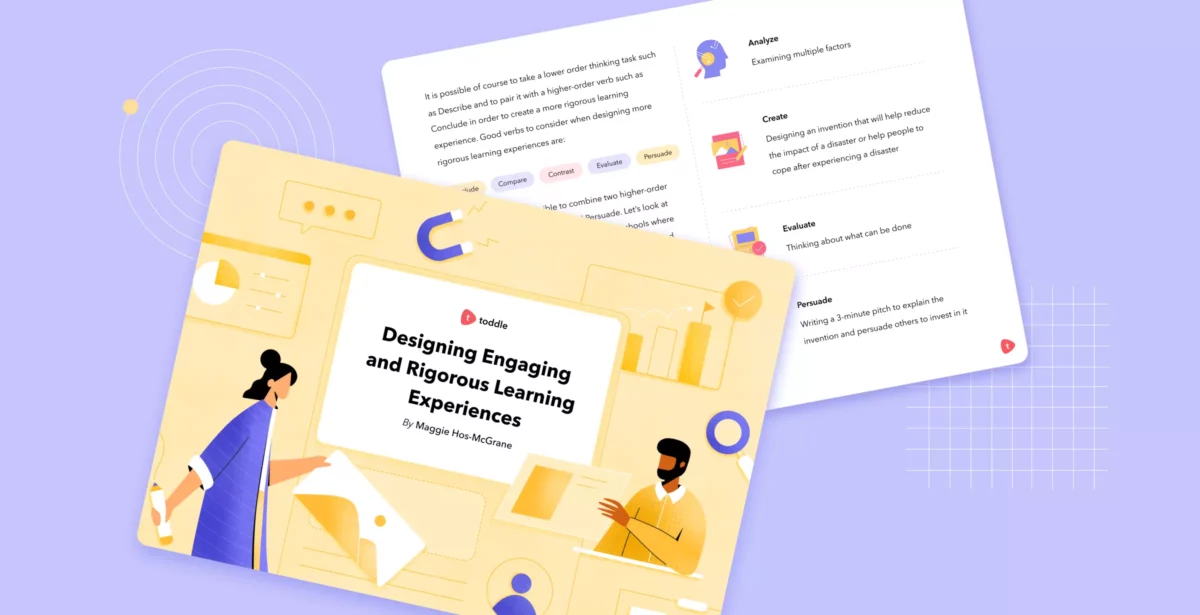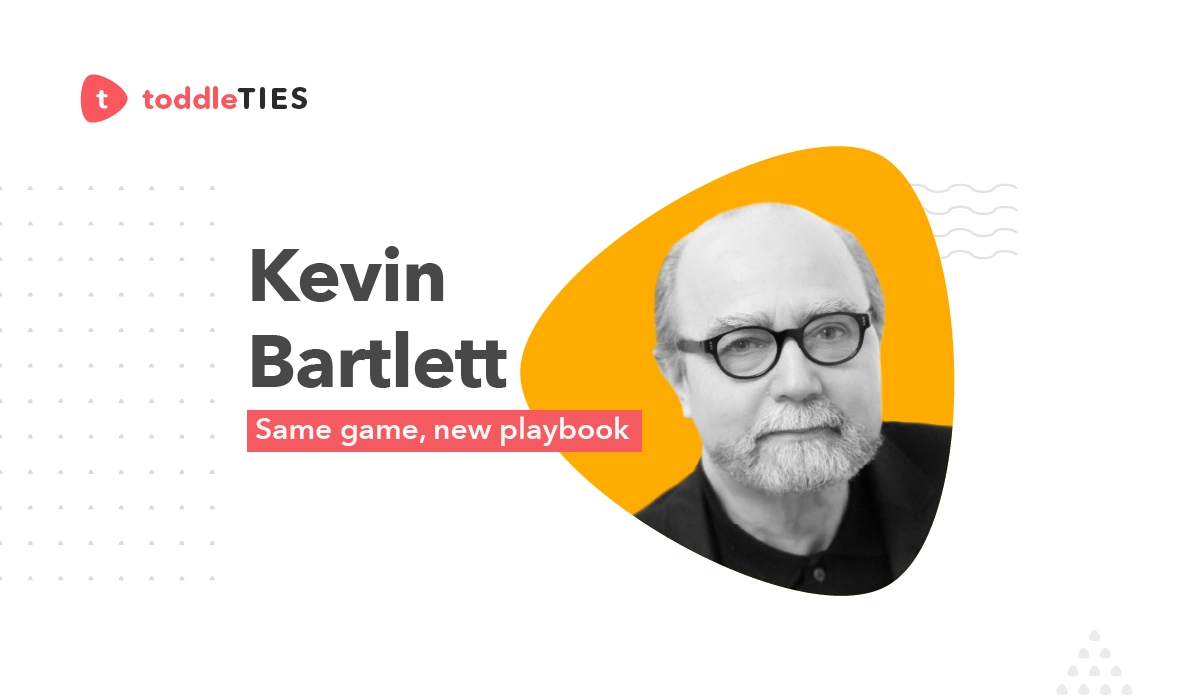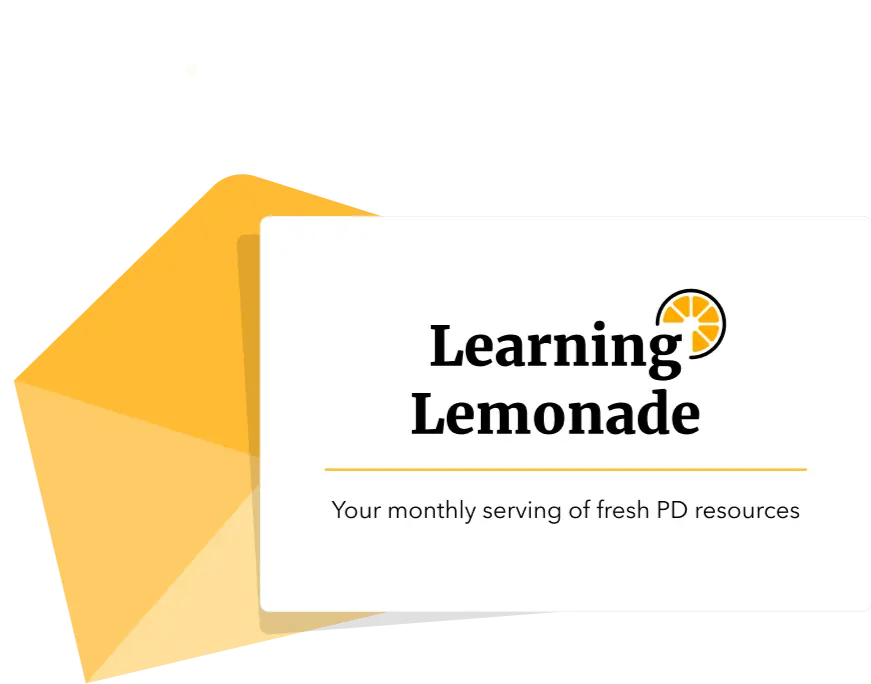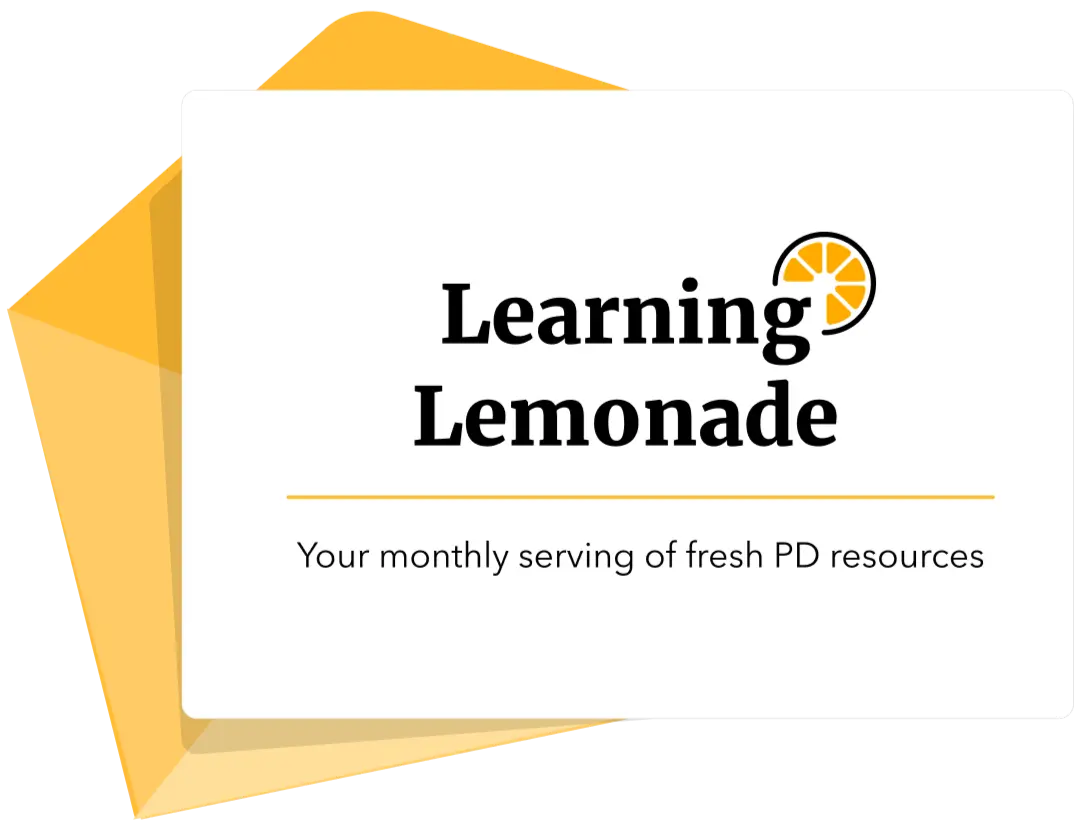A Comprehensive Resource Bank for PYP Candidate Schools
The first steps of your PYP journey can be exciting, liberating even. There’s a whole new world of teaching and learning to explore. One that’s filled with limitless opportunities to inquire, learn, and grow, forever.
On the flip side, limitless possibilities can mean limitless questions to navigate:
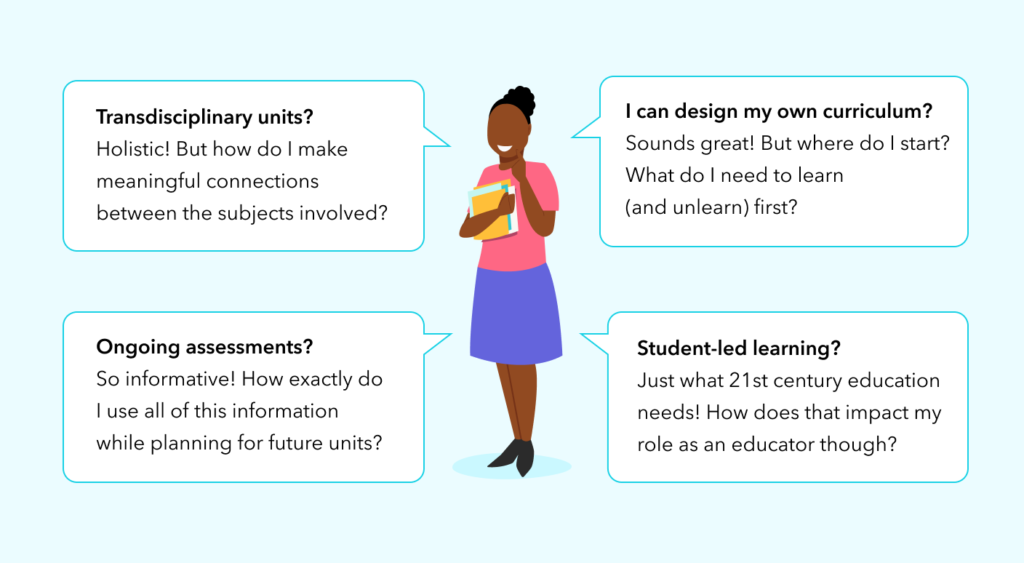
From internalising the PYP, to translating it into everyday teaching and learning, there’s a lot of ground to cover for new PYP schools. And sure, you’ve got hundreds of communities, guides, and educator-friends ready to offer direction – but which ones do you follow and when?
Wouldn’t your journey be a lot easier to navigate if you could use one comprehensive map rather than thousands of direction posts? That’s exactly why we’ve designed this resource : as a map that guides you along the beautiful nuances of the PYP, while keeping you on-track to achieving your authorisation goals!
To that end, here are 5 key steps that we recommend during your PYP candidacy, along with resources designed by experienced PYP educators to help you each step of the way:
- Creating a shared understanding of the PYP in your learning community
- Creating ongoing opportunities for collaborative planning and reflection
- Support students in development of international-mindedness by developing the IB Learner Profile Attributes
- Developing student agency by providing them with ownership of learning
- Providing evidence of student learning over time
1. Creating a shared understanding of the PYP in your learning community
As experienced PYP educator Cindy Blackburn puts it, “Understanding the PYP is like learning a new language. It can be challenging at first, but once you get a grasp of it, there’s really no going back!” Starting with the basics of the PYP, these resources will guide you all the way to discovering advanced strategies to translate the curriculum into everyday teaching and learning.
2. Creating ongoing opportunities for collaborative planning and reflection
Curriculum planning lies at the heart of the PYP. It involves many moving parts including checking for horizontal and vertical balance, planning transdisciplinary units, curating relevant resources, designing assessments – all of which need the collective inputs of educators and students across subjects and grade levels. Here are a few resources that will help you create a more collaborative, and therefore more cohesive, PYP curriculum.
3. Support students in development of international- mindedness by developing the IB Learner Profile Attributes
The learner profile remains a cornerstone of the IB and its philosophy of developing internationally-minded citizens. And while most teachers might already be teaching its attributes implicitly, the IB recommends that they focus on making more explicit connections to these attributes throughout the programme. Designed by experienced PYP educators, the following resources will help you make exploring the learner profile a daily practice in your classrooms!
4. Developing student agency by providing them with ownership of learning
Embracing agency early in their journeys helps students grow into lifelong inquirers and learners. But it can also be a tricky idea to implement in the PYP. How do we get such young students to develop their own learning goals? How do we then help them develop the vocabulary to articulate these goals? Let’s find out from experienced PYP educators! Here’s how they help young students take the lead on everything from identifying learning goals to co-creating lessons and assessments to planning independent inquiries for PYP exhibitions.
5. Providing evidence of student learning over time
For truly well-rounded education – a philosophy that’s core to the IB – teachers and families need to work together to support students in identifying and achieving their goals. That’s why it is important to make student learning visible across the school community. Here are a few resources that will help you rethink the boundaries between school and home, and make student learning seamless and more impactful.
Toddle for candidate schools:
Built by IB educators with a collective experience of over 100 years, Toddle solves for the unique challenges that PYP educators face at every stage of their teaching and learning journeys. Here are some of the structures we’ve built specially for candidate schools and educators who are new to the PYP.
- Planners with stepwise IB guidance to help your teachers develop a deeper understanding of the PYP as they plan units
- A dedicated authorisation dashboard to manage evidence collection for your authorisation visit. Also helps foster a culture of ongoing evidence collection!
- Free access to hundreds of high-quality units and learning experiences built by experienced educators across the world
- Auto-generated, realtime curricular insights to help you ensure the horizontal-vertical balance of your curriculum
Want to learn more about how candidate schools around the world are using Toddle? We’d love for you to check out this PDF or write to us at support@toddleapp.com.




